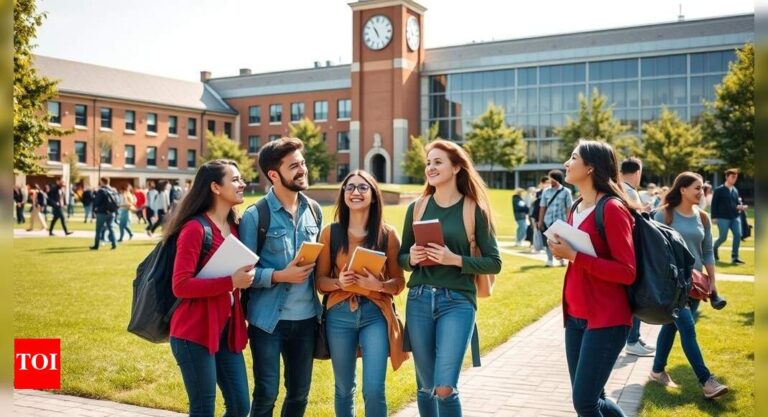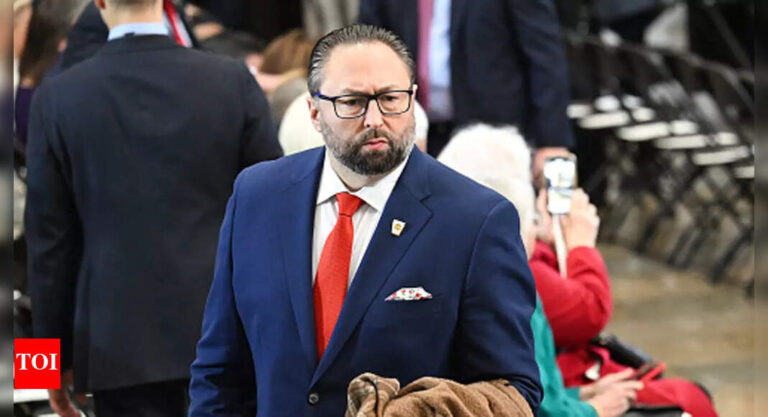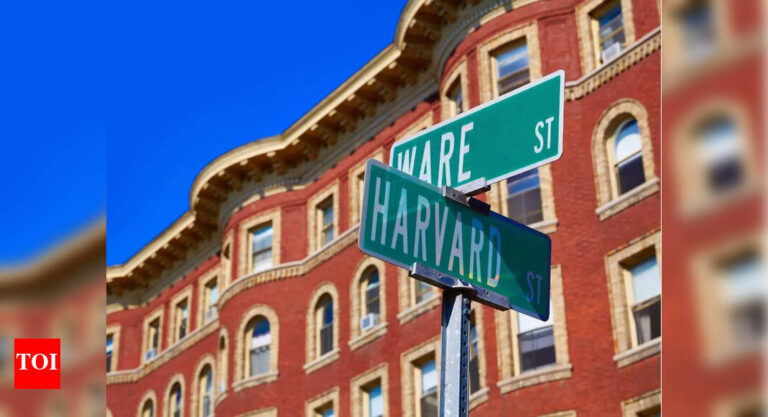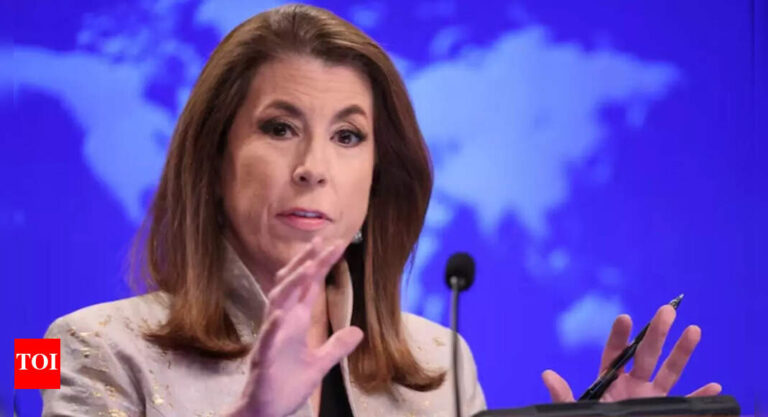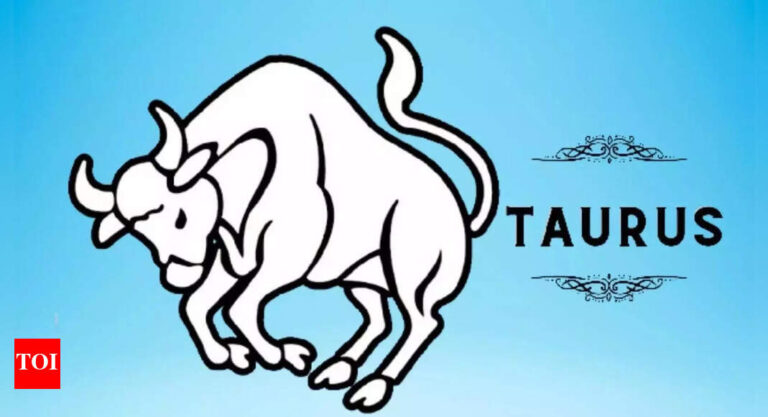
Student loan borrowers in the US who rely on Public Service Loan Forgiveness (PSLF) face increasing difficulties as President Trump imposes new restrictions on eligibility. The programme, which was signed into law in 2007 by President George W. Bush, allows many government and not-for-profit employees to have their federal student loans cancelled after a decade of qualifying payments.However, recent changes introduced by the Trump administration have created uncertainty and delays for borrowers hoping to benefit from PSLF. Several challenges have emerged, including tightened eligibility criteria, repayment plan complications, and a significant backlog of forgiveness requests.Trump’s executive order limits eligibility for PSLFPresident Trump signed an executive order on March 7 aiming to reduce eligibility for PSLF. The order excludes employees of organisations involved in activities deemed illegal, including illegal immigration, human smuggling, child trafficking, destruction of public property, and public disorder. The precise impact of this order remains unclear as the government has not yet specified which employers will no longer qualify.Experts advise borrowers currently working for eligible organisations to continue making payments as normal. Betsy Mayotte, president of The Institute of Student Loan Advisors, told CNBC that the programme’s changes cannot be applied retroactively, meaning past qualifying employment remains valid. Mark Kantrowitz, a higher education expert, was quoted by CNBC saying, “If an organisation is deemed illegal, the borrower can switch jobs to another that isn’t considered illegal.“Repayment plan issues stall progress for borrowersBorrowers must make 120 monthly payments under a qualifying repayment plan to access PSLF. However, many have faced problems switching plans after the Biden administration’s SAVE plan was blocked in courts. Over 1.5 million repayment plan applications were pending by the end of June, according to court documents.Kantrowitz told CNBC that the backlog is due to forms not being processed, although borrowers stuck in processing forbearance for up to 60 days still earn credit toward forgiveness. Delays occur if accounts shift into general forbearance, which halts progress. The Education Department has shared data regularly in a lawsuit brought by the American Federation of Teachers alleging the department is blocking borrowers from their rights.Backlog in PSLF buyback applications adds to delaysThe Biden administration introduced the PSLF Buyback programme allowing borrowers to retroactively apply missed months of qualifying payments due to forbearance or deferment. However, under the Trump administration, around 65,448 buyback applications remained pending at the end of June, up from nearly 59,000 in May.Ellen Keast, deputy press secretary at the Education Department, said to CNBC that the department is working through the backlog while verifying borrowers have completed 120 qualifying payments. Nancy Nierman, assistant director of the Education Debt Consumer Assistance Program, advised borrowers to apply for buyback but also consider other repayment plans. She told CNBC, “If you can afford payments in other repayment plans, don’t rely solely on the Buyback to get you to 120 qualifying payments, particularly if you only need a few months of credit to reach forgiveness.“Borrowers can submit buyback requests and repayment plan changes simultaneously through the PSLF Reconsideration portal on their Federal Student Aid accounts. Despite these challenges, experts suggest staying informed and continuing payments to maximise chances of loan forgiveness under the evolving programme.TOI Education is on WhatsApp now. Follow us here.


